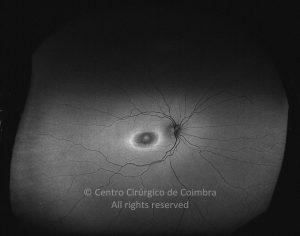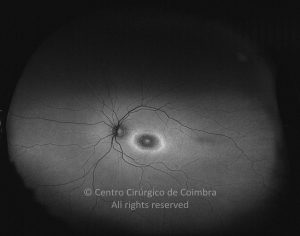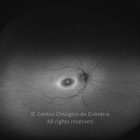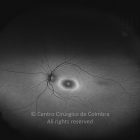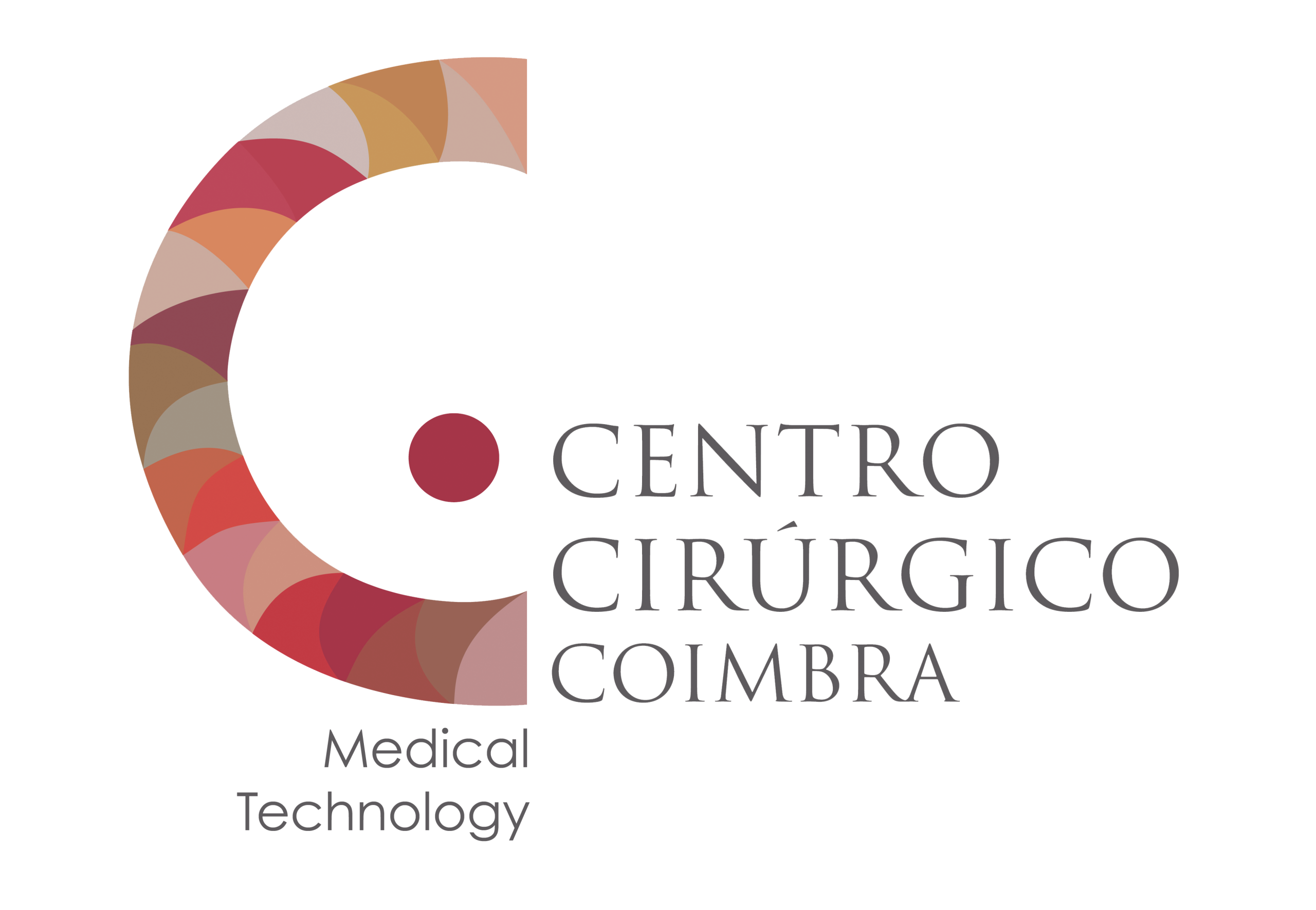Uma das mais importantes doenças retinotóxicas é causada pelo uso prolongado de cloroquina (CQ) ou hidroxicloroquina (HCQ) que origina degenerescência do epitélio pigmentado da retina e da retina neurosensorial. Esses fármacos são utilizados no tratamento do lúpus eritematoso sistémico, artrite reumatóide e outras conectivites. O uso de hidroxicloroquina aumentou acentuadamente porque se tornou um medicamento de primeira linha para algumas conectivites.
Altas doses e a longa duração de utilização destes fármacos são os factores de risco mais significativos. Outros factores de risco importantes são o uso concomitante de tamoxifeno e a doença renal. O exame oftalmológico é importante durante o tratamento para detecção precoce das alterações subclínicas que podem ser reversíveis.
Os doentes em tratamento ou previamente medicados com HCQ devem realizar campos visuais automáticos (10-2), autofluorescência do fundo e tomografia de coerência óptica para rastrear a toxicidade macular. Ocorrem alterações precoces no electrorretinograma multifocal na ausência de sintomas ou sinais clínicos de toxicidade da retina. No entanto, o primeiro sinal de toxicidade, que pode ocorrer antes do desenvolvimento de quaisquer alterações oftalmoscópicas (perda do reflexo foveal e pigmentação macular anormal) ou anomalia eletrofisiológica, é a perda de campo visual paracentral. Os achados posteriores incluem alterações da retina (maculopatia em “ olho de boi”), perda de visão das cores, escotoma absoluto e diminuição da visão.





